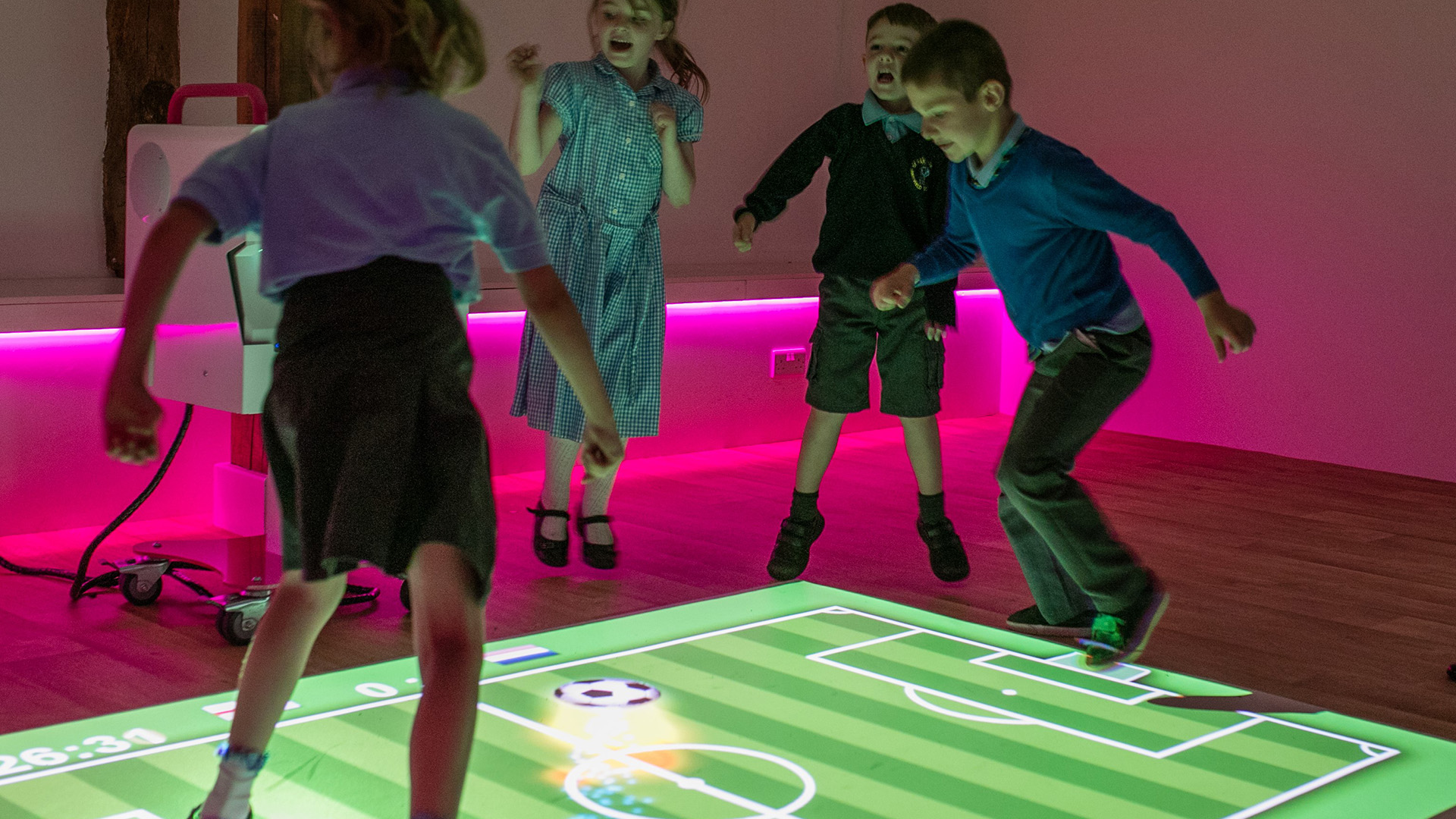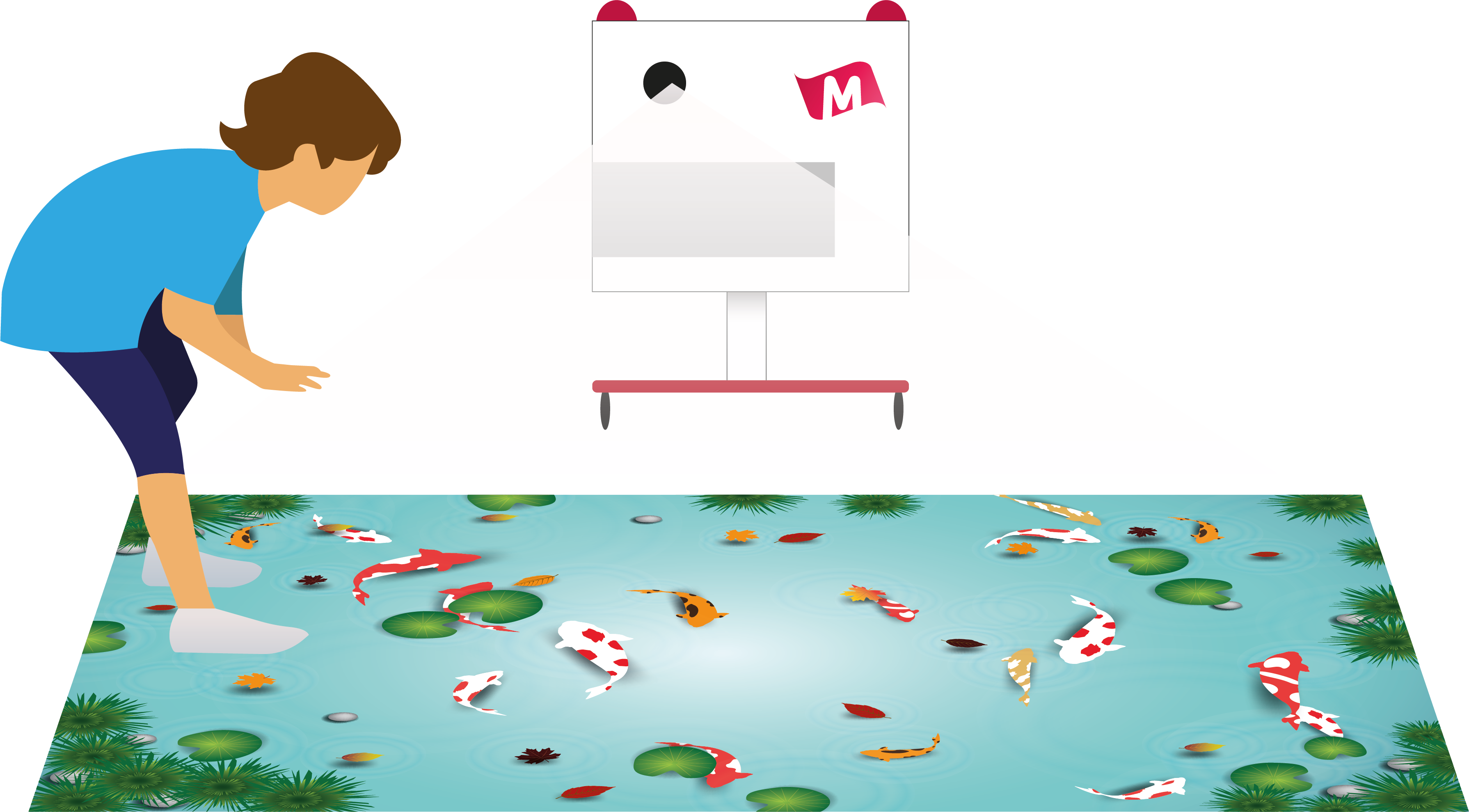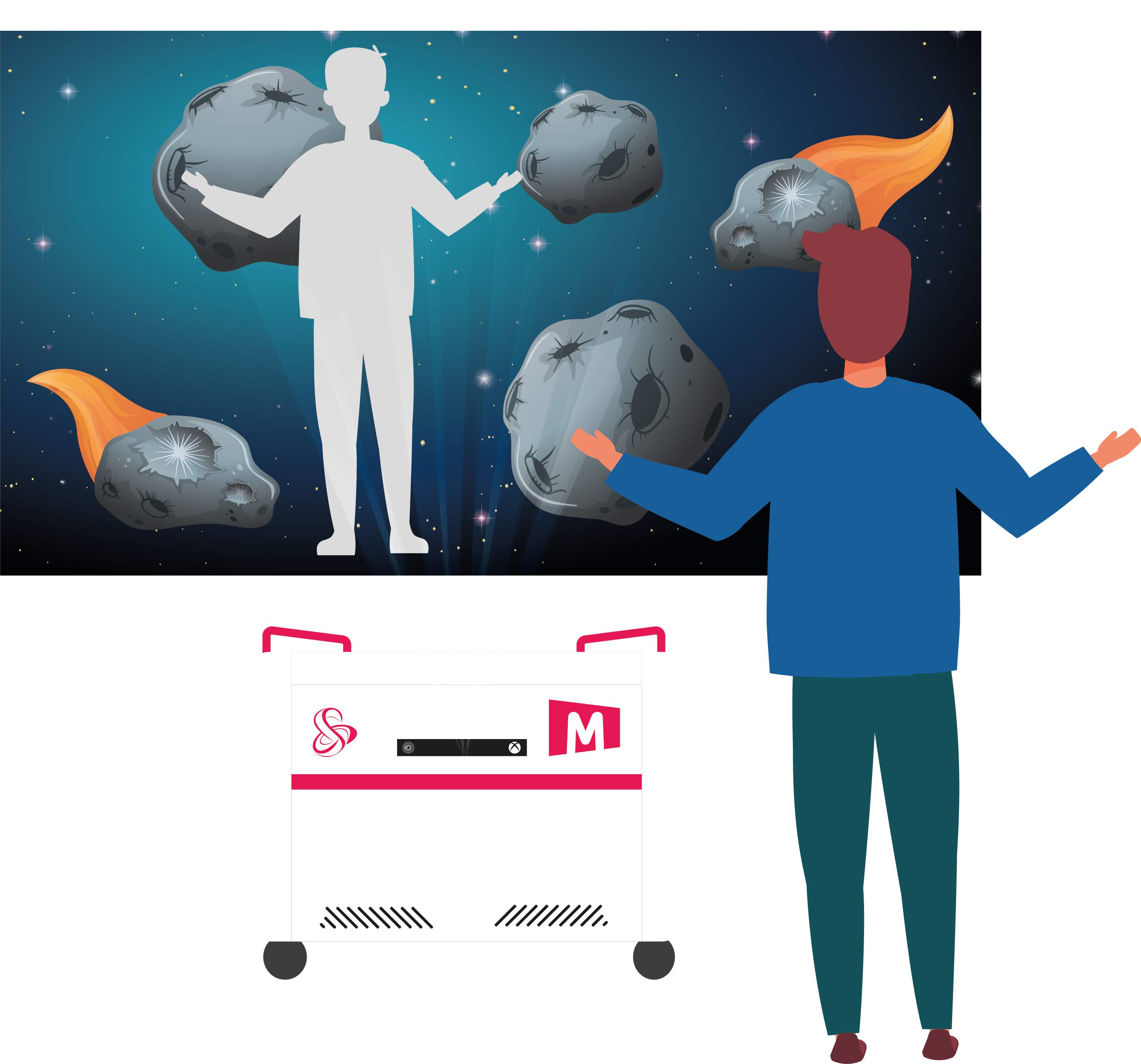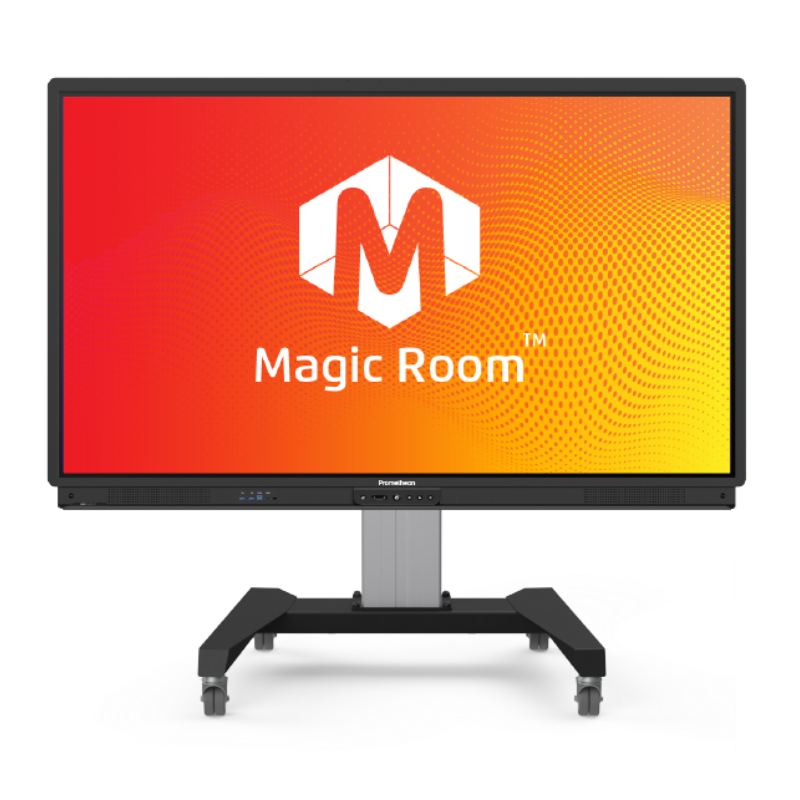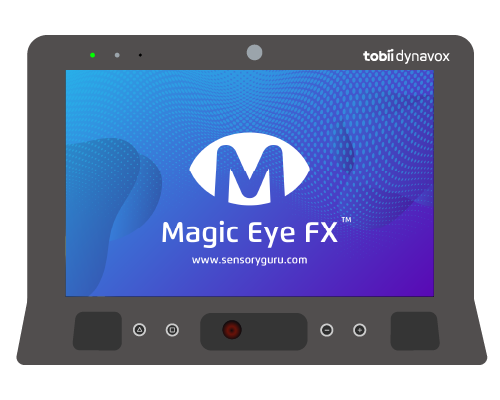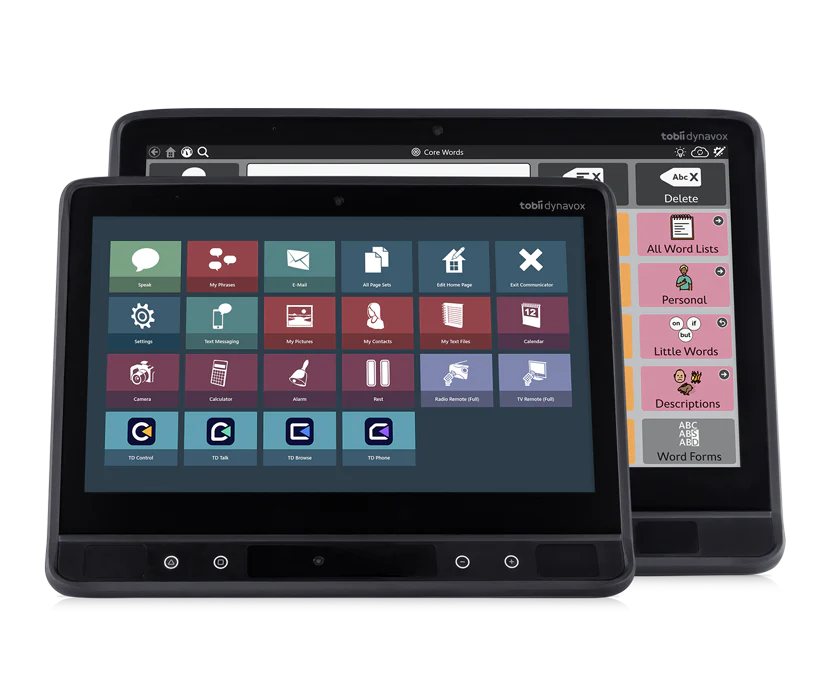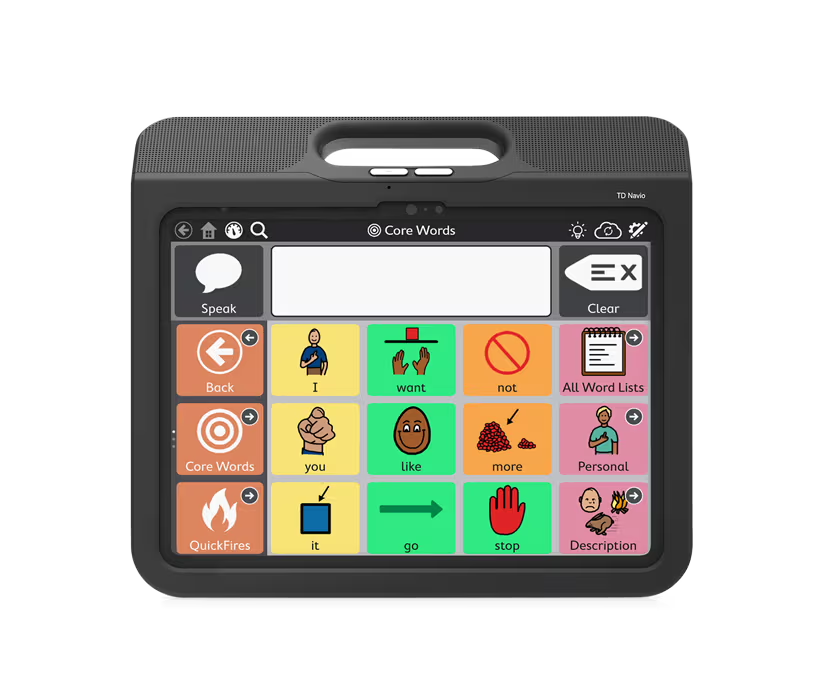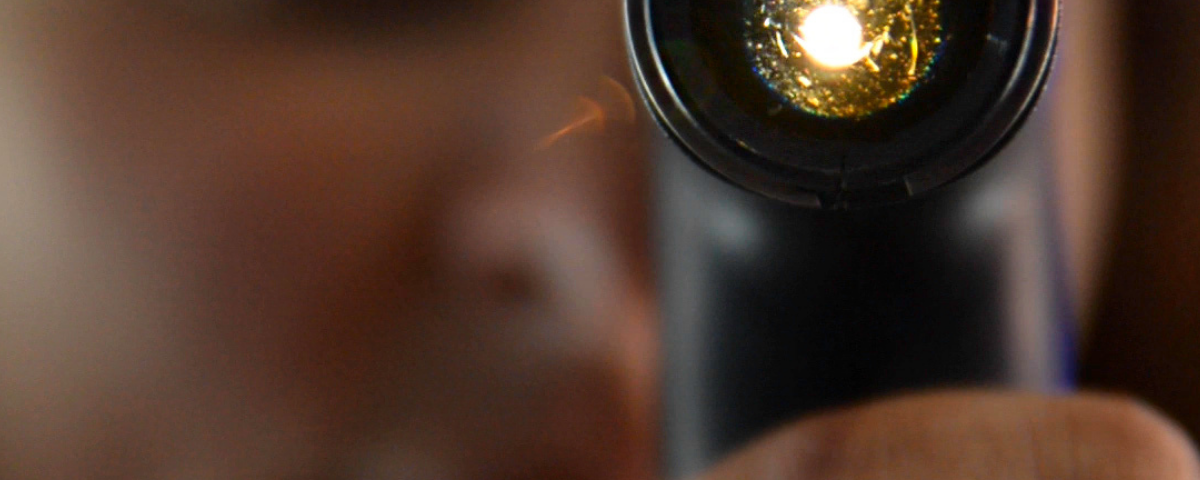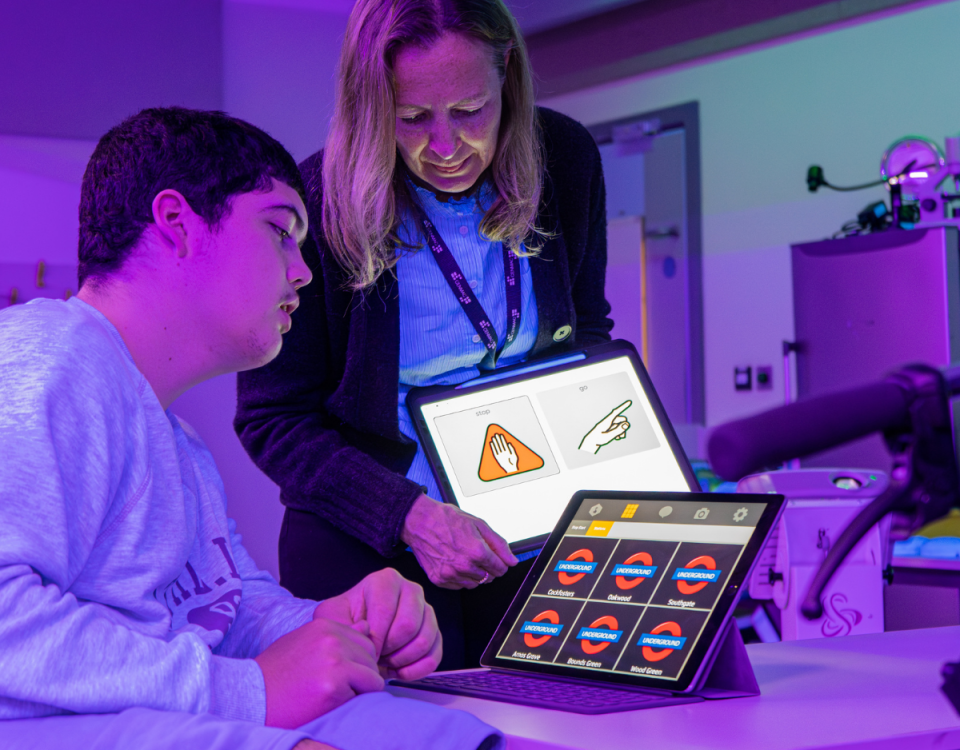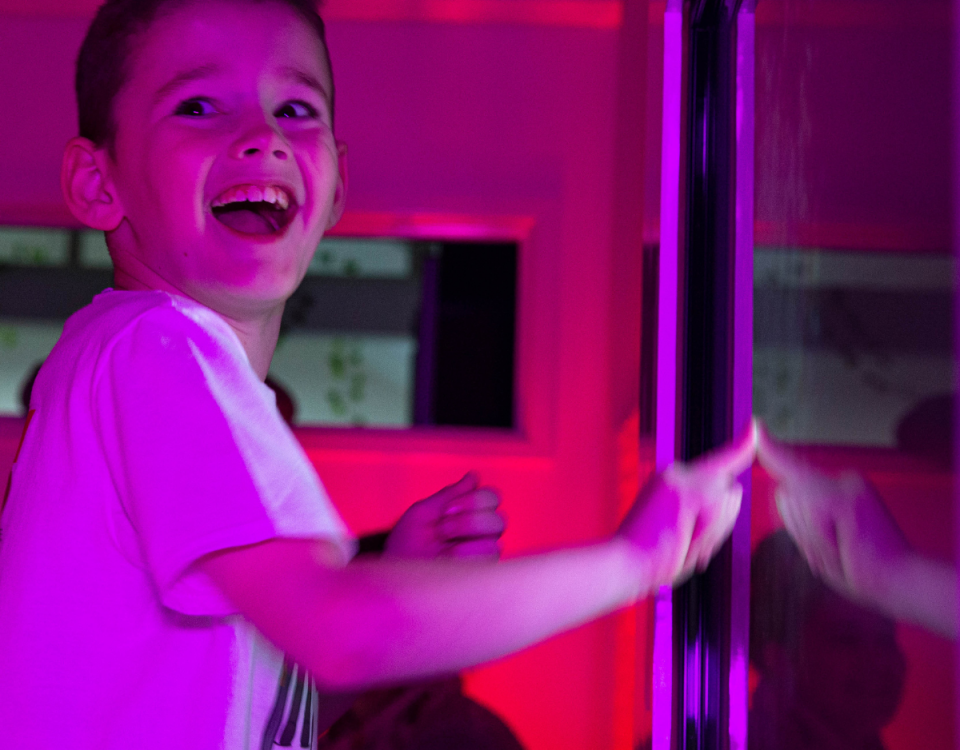
Meet Lisa Donaldson, Head of Eyecare at SeeAbility
December 26, 2024
SeeAbility’s Impact: Eye Care Research in SEN Schools
December 27, 2024Lisa Donaldson, Head of Eyecare and Lead Clinical Optometrist at SeeAbility, addresses some of the most common myths surrounding eye care for children with complex needs. Her insights challenge misconceptions and highlight the transformative impact of accessible eye care.
Myth 1: "I don't think you'll be able to test their eyes"
One of the most prevalent myths is that children with complex needs cannot have an eye test. Lisa explains:
"No one is too disabled for an eye test."
This misconception stems from traditional perceptions of eye tests: visiting a high-street optician, reading a letter chart, and choosing between lenses. Understandably, parents and educators may assume this process is inaccessible to children with additional needs.
However, Lisa clarifies:
- There are many different ways to assess vision.
- Optometrists can measure whether a child needs refractive correction by simply shining a light into their eyes from arm’s length.
Myth 2: "We tried glasses and are unsure if they actually work"
Another common myth is the idea that prescribing glasses is a matter of guesswork. Lisa dispels this notion:
"A physical measurement of the eyes shows exactly how long or short-sighted someone is. The choosing you do at the opticians is just fine-tuning and can be managed without."
This means that glasses prescriptions for children with complex needs are based on accurate, objective measurements, ensuring they are precisely tailored to each child’s needs.
Myth 3: "All children with complex needs don't like wearing glasses"
It’s often assumed that children with complex needs dislike wearing glasses and will simply refuse to keep them on. Lisa highlights two primary reasons why this misconception persists:
-
Late Diagnosis and Strong Prescriptions
- Many children with complex needs are diagnosed late and require strong prescriptions.
- Adjusting to a new way of processing visual information can be challenging for anyone, particularly for those with slower processing or cognition.
-
Sensory Sensitivities
- Children with sensory needs may find the sensation of wearing glasses uncomfortable.
- Issues such as headrests knocking glasses out of place can cause discomfort, which the child may only communicate by removing the glasses.
Myth 4: "Children won't get used to wearing glasses"
Lisa emphasises that children can adjust to wearing glasses with the right support and strategies:
"One of the benefits of delivering eye care in schools is that optometrists can work with school staff to help children adapt."
By demonstrating how a child’s vision improves with glasses, optometrists can:
- Show staff and parents the difference in clarity with and without glasses.
- Develop gradual strategies for introducing glasses, such as short, manageable periods over weeks or months.
This collaborative approach can result in significant improvements in a child’s ability to engage with their environment.
Summary of Common Eye Care Myths
-
"I don't think you'll be able to test their eyes"
- Reality: No one is too disabled for an eye test; alternative methods like shining a light can assess vision accurately.
-
"We tried glasses and are unsure if they actually work"
- Reality: Glasses prescriptions are based on precise physical measurements of the eyes.
-
"All children with complex needs don't like wearing glasses"
- Reality: Discomfort often stems from late diagnoses, strong prescriptions, or sensory sensitivities, which can be addressed.
-
"Children won't get used to wearing glasses"
- Reality: With gradual introduction and collaboration between optometrists and school staff, children can adapt to wearing glasses, leading to significant improvements in engagement.
Final Thoughts
Understanding and addressing these myths is crucial for ensuring children with complex needs receive the eye care they deserve. By dispelling misconceptions, Lisa Donaldson and SeeAbility continue to champion accessible and impactful eye care services that can transform the lives of children with complex needs.
For more information on SeeAbility’s work, visit SeeAbility.


